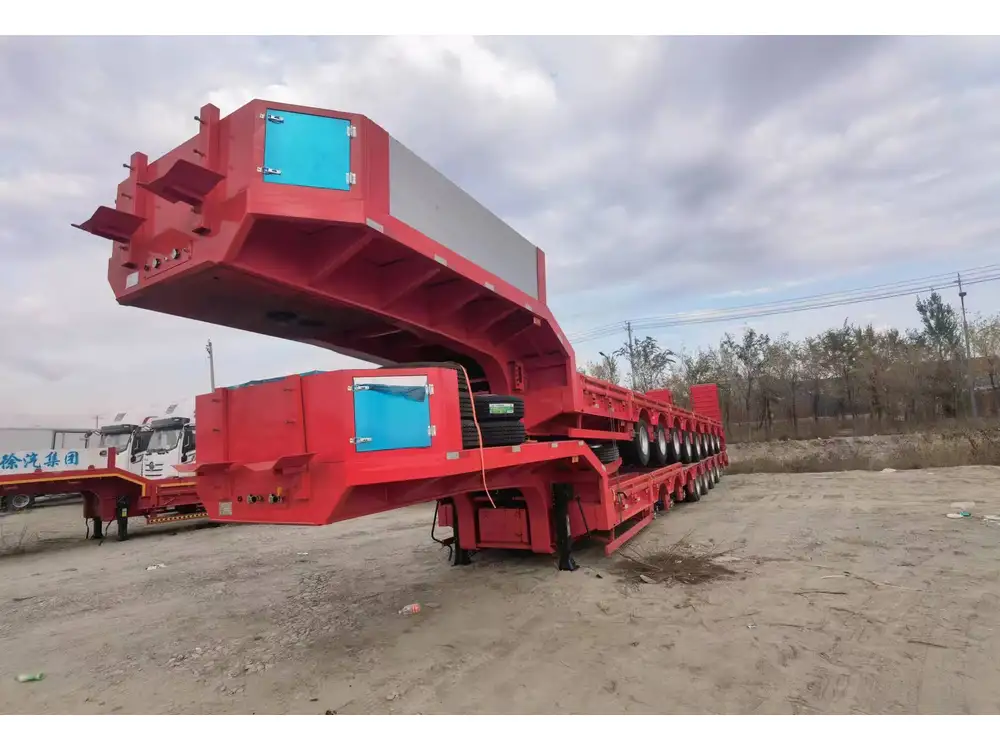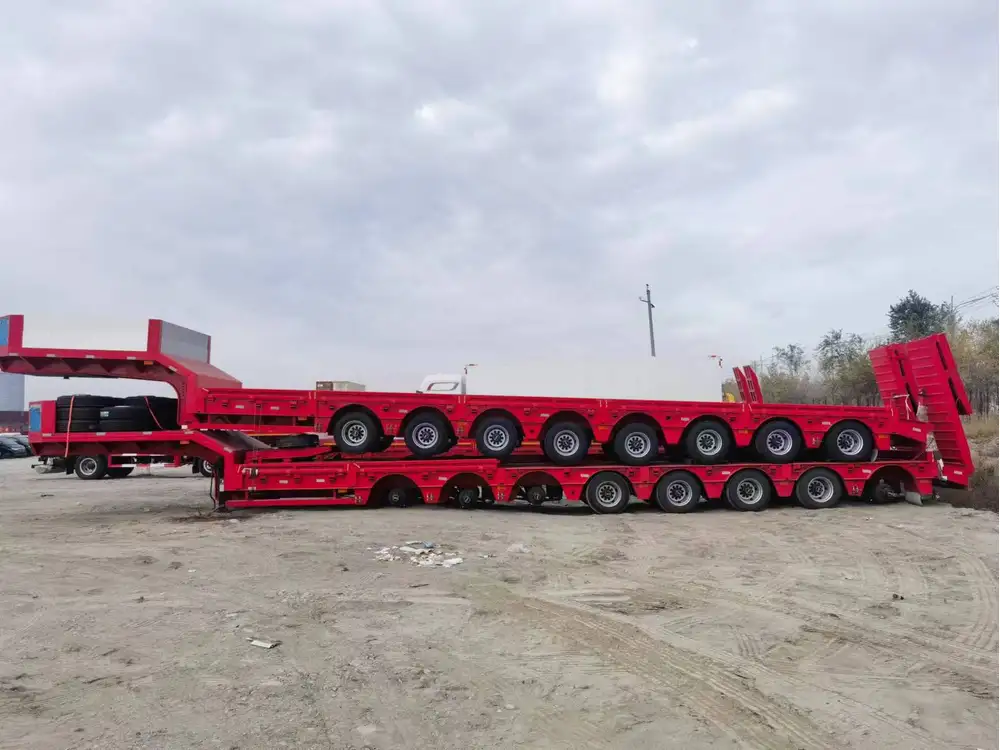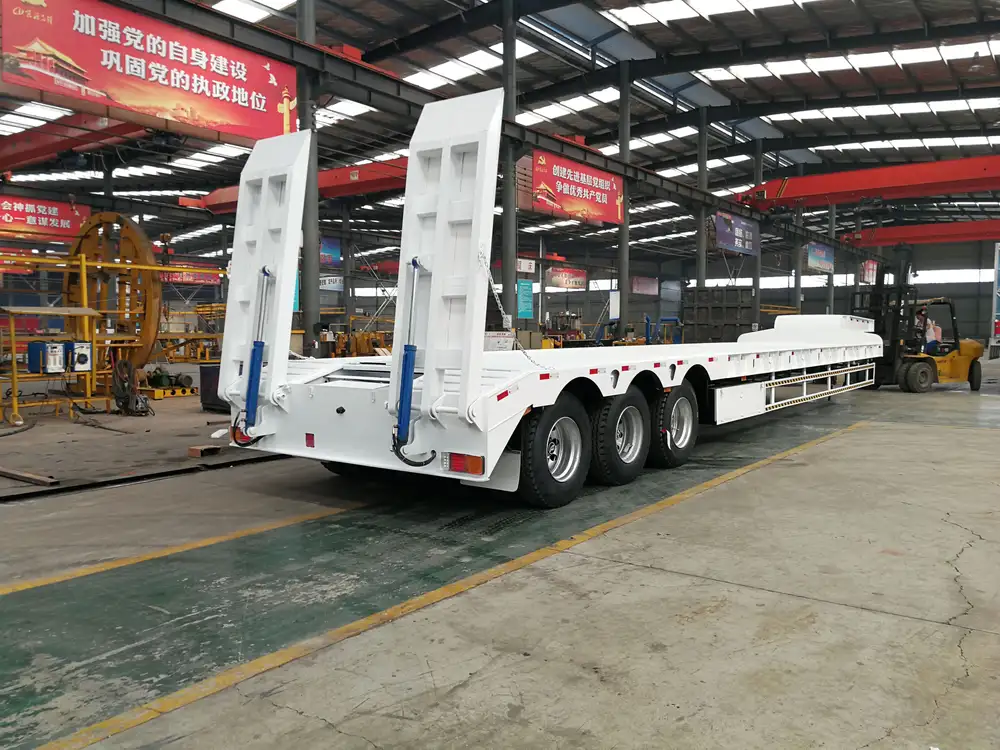Dump trailers are essential for various hauling tasks, from construction to landscaping. The ability to operate these trailers efficiently can enhance productivity and ensure safety. This guide will delve into the specifics of turning on the tower for a dump trailer, exploring the process step by step, outlining potential issues, and providing troubleshooting tips.
Understanding the Dump Trailer’s Mechanism
Dump trailers are primarily used for transporting and unloading bulk materials. Central to this operation is the hydraulic system, which powers the tower that lifts the trailer bed to discharge its contents. Knowing how to operate this system effectively is crucial for any operator.
Main Components of a Dump Trailer Tower System
| Component | Description |
|---|---|
| Hydraulic Pump | Converts mechanical energy into hydraulic energy to lift the tower. |
| Hydraulic Cylinders | Extend and retract to control the dumping action. |
| Control Control Valve | Regulates fluid flow to and from the hydraulic cylinders. |
| Battery | Powers the hydraulic system in electric dump trailers. |
| Safety Mechanisms | Ensure safe operation to prevent accidents while dumping. |

Preliminary Checks Before Operating the Tower
Before attempting to turn on the tower, it’s essential to conduct a series of safety checks.
- Inspect the Trailer: Ensure the trailer is on a level surface. Check for any visible damages to the frame, hydraulic lines, and electrical components.
- Check the Hydraulic Fluid: Open the hydraulic fluid reservoir to ensure it’s at the correct level. Insufficient fluid can impair the operation.
- Test the Battery: If your system is electric, confirm that the battery is fully charged. A weak battery could cause the tower to operate sluggishly or not at all.
- Examine the Control System: Inspect the control panel for any warning lights or malfunctions. Ensure the controls are functioning correctly.
Step-by-Step Guide to Turning on the Tower
1. Position the Dump Trailer
- Ensure Safety: Make sure the area around the trailer is clear of obstacles and bystanders.
- Engage the Safety Brakes: Apply the trailer’s brakes to prevent any rolling while operating.

2. Powering the Hydraulic System
- Connect the Power Source: If it’s an electric trailer, connect the battery or power supply. For manually operated trailers, ensure the tractor or truck is properly connected.
3. Operating the Control Valve
- Locate the Control Panel: Usually found on the side of the trailer or within the towing vehicle. Identify the lift and lower control options.
- Turn on the Hydraulic Power: Locate the power switch (which could be a toggle or button) on the control panel and turn it on.
4. Activating the Hydraulic Lift
- Engage the Lift Control: Press the lift button or toggle the switch to the upward position. Hold this position until the bed begins to rise.
- Monitor the Lift Action: Continuously supervise the lift mechanism for any irregular sound, erratic motion, or fluid leaks.

5. Dumping the Load
Once the tower reaches the desired height:
- Confirm Stability: Ensure that the trailer is stable before dumping.
- Actuate the Dumping Control: Depending on the specific model, you may need to pull a lever or press a button to release the load.
6. Lowering the Tower
- Return to the Control Valve: After dumping, engage the lower control to return the trailer bed to its original position.
- Monitor for Issues: Watch for any strange noises or resistance during lowering.
7. Power Down the System
- Turn Off the Hydraulic Power: Once the bed is fully lowered, turn off the hydraulic system to prevent accidental activation.
- Disconnect Power Source: If applicable, ensure to disconnect the power source from the battery or tractor.

Common Issues When Turning on a Dump Trailer Tower
Understanding and anticipating potential problems can save time and mitigate risks. Here are some common issues and how to address them.
Hydraulic Leaks
Symptoms: Visible fluid pooling under the hydraulic components.
Solution:
- Identify the source of the leak.
- Tighten loose connections or replace damaged hoses immediately.
Unresponsive Control System
Symptoms: Controls do not activate the hydraulic lift.
Solution:
- Check the electrical connections and battery level.
- Inspect the control panel for damage or blown fuses.

Insufficient Lift Capacity
Symptoms: The bed lifts slowly or does not reach the required height.
Solution:
- Ensure the hydraulic fluid is adequate.
- Check for air bubbles in the hydraulic system that may require purging.
Noisy Operation
Symptoms: Unusual sounds during lifting or lowering.
Solution:
- Inspect the hydraulic fluid for contamination.
- Examine the hydraulic pump and cylinder for wear or malfunction.
Tips for Safe Operation of Dump Trailers
- Read the Manual: Always refer to the manufacturer’s manual for specific instructions and safety protocols.
- Utilize Spotters: When operating in tight spaces, assign a spotter to help monitor surroundings.
- Avoid Overloading: Adhere to the weight limit to prevent safety hazards or mechanical failure.
- Regular Maintenance: Schedule routine inspections for all hydraulic components.
- Practice Operating Techniques: Familiarize yourself with the trailer’s operation before handling heavy loads.

Frequently Asked Questions (FAQs)
How can I tell if my hydraulic system needs maintenance?
Regularly inspect for leaks, listen for unusual noise, and watch for sluggish movements. If any of these symptoms persist, maintenance might be necessary.
What should I do if my dump trailer tower won’t lift?
Check the power source, hydraulic fluid levels, and ensure there are no obstructions in the lifting mechanism.

Can I operate a dump trailer alone?
While it is possible, it is highly advisable to have another person present to ensure safety during operation.
Conclusion
Operating the tower for a dump trailer is a multifaceted task that requires both knowledge and diligence to ensure safety and efficiency. By understanding the mechanisms involved and following systematic procedures, operators can master the nuances of hydraulic systems, troubleshoot common issues, and ensure that each load is managed appropriately. Whether regularly utilizing a dump trailer for construction, landscaping, or other hauling purposes, familiarity with these operations can lead to enhanced productivity and less downtime, enabling users to achieve their hauling objectives effectively.
In summary, arming yourself with the knowledge outlined in this guide will not only streamline your operations but also fortify your understanding of safety best practices essential in the world of dump trailer management. Remember, a well-maintained and properly operated trailer is key to successful and hassle-free operations.



